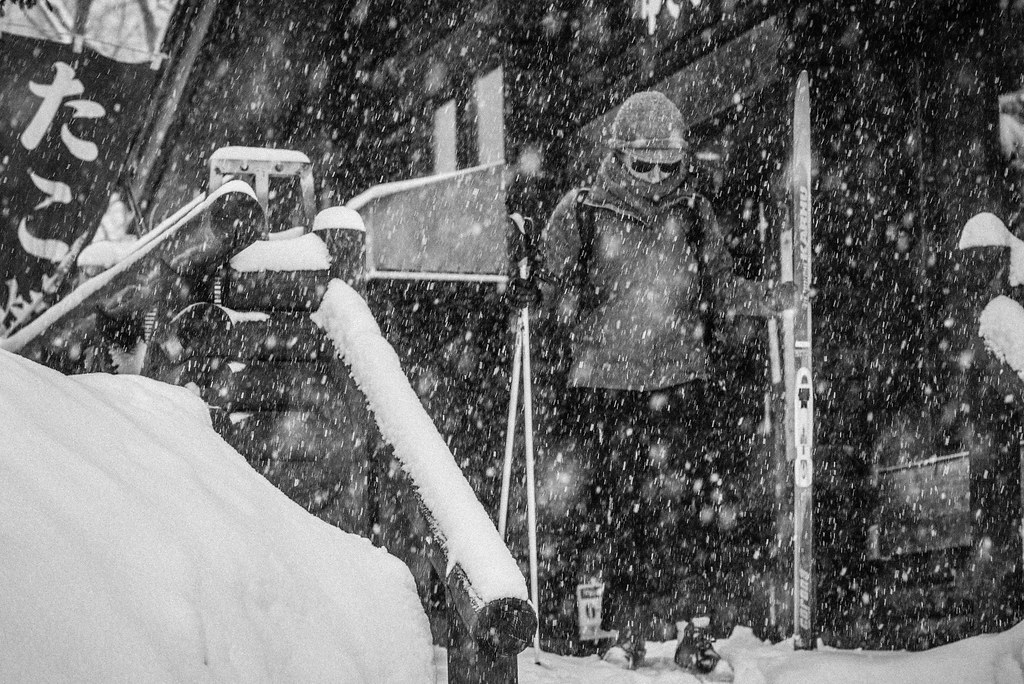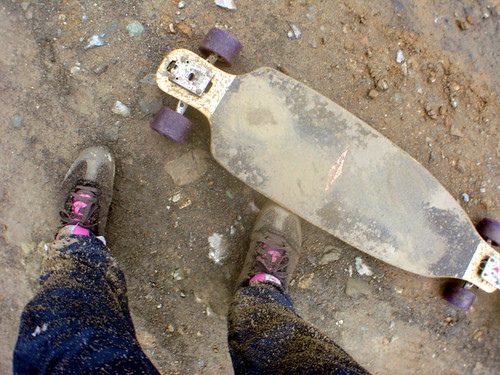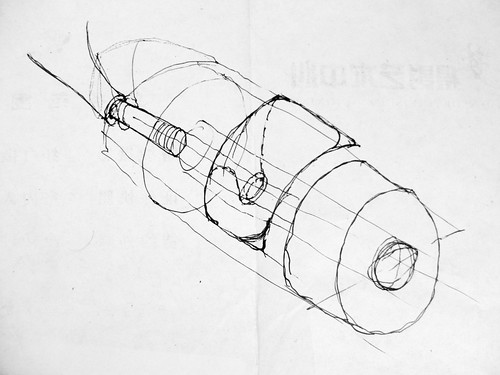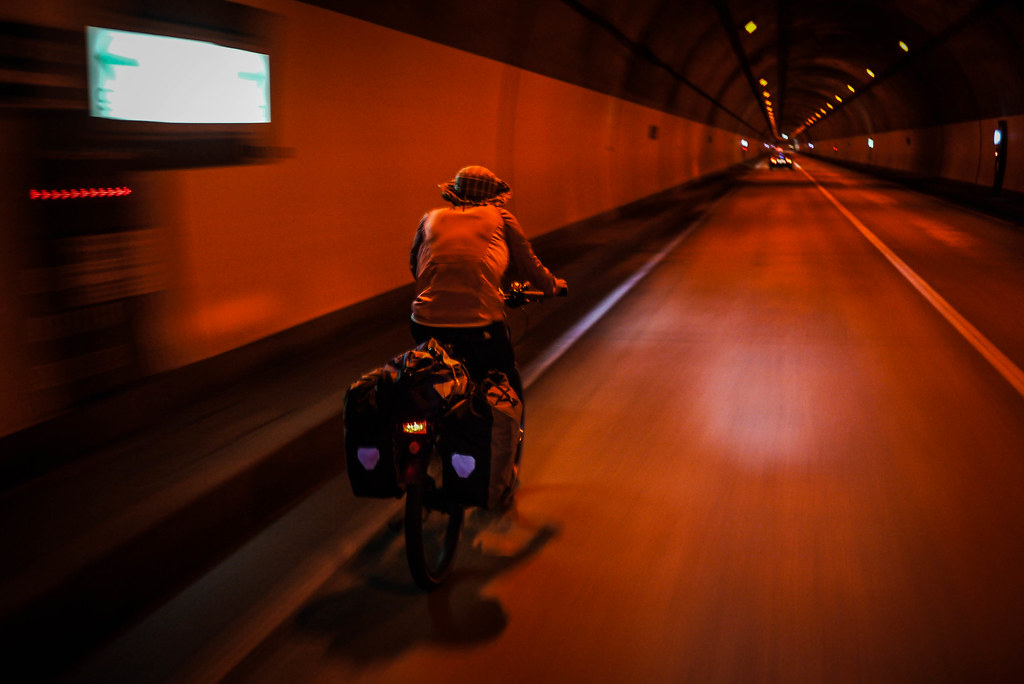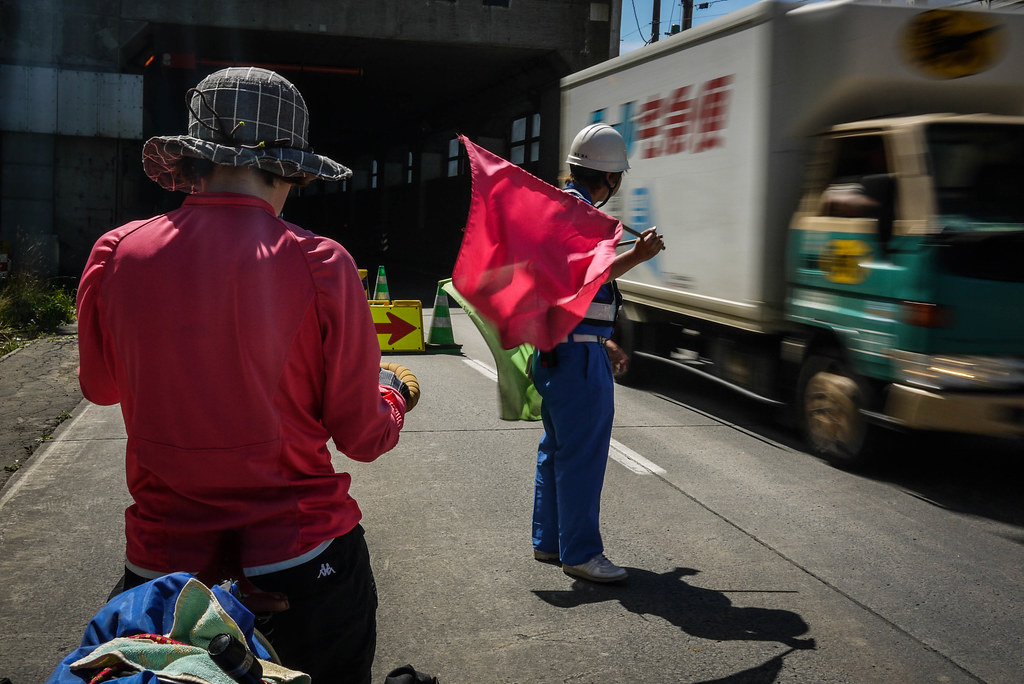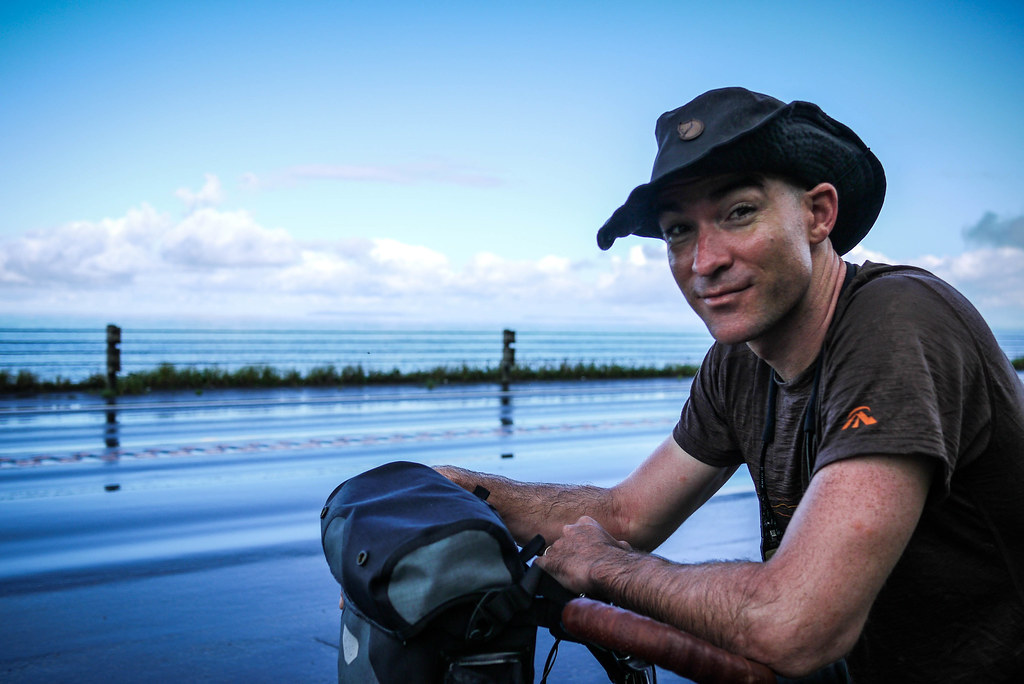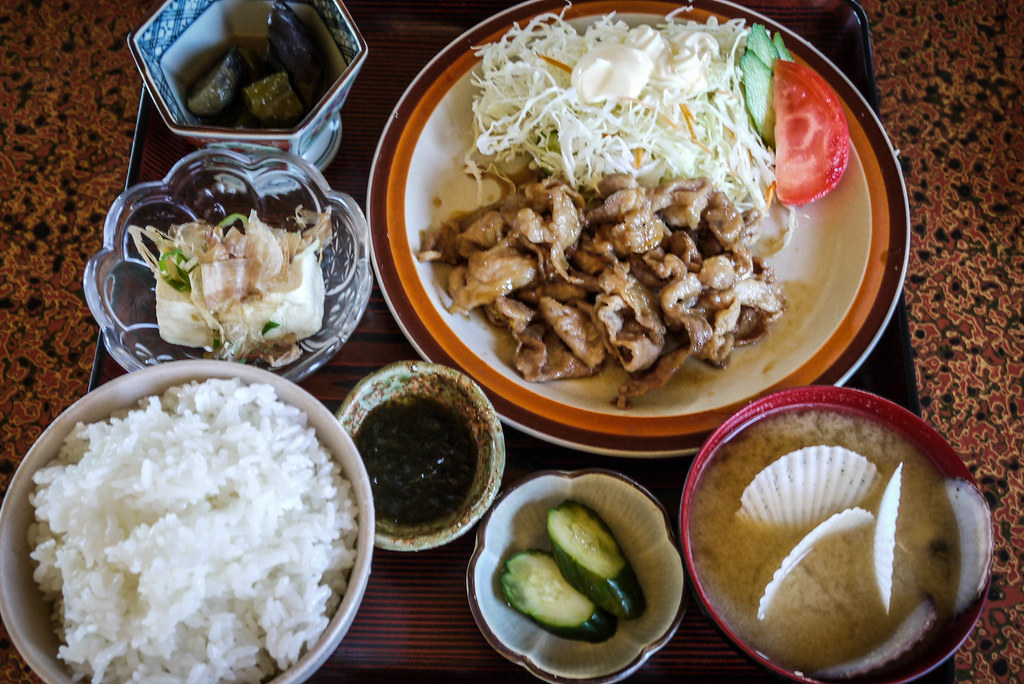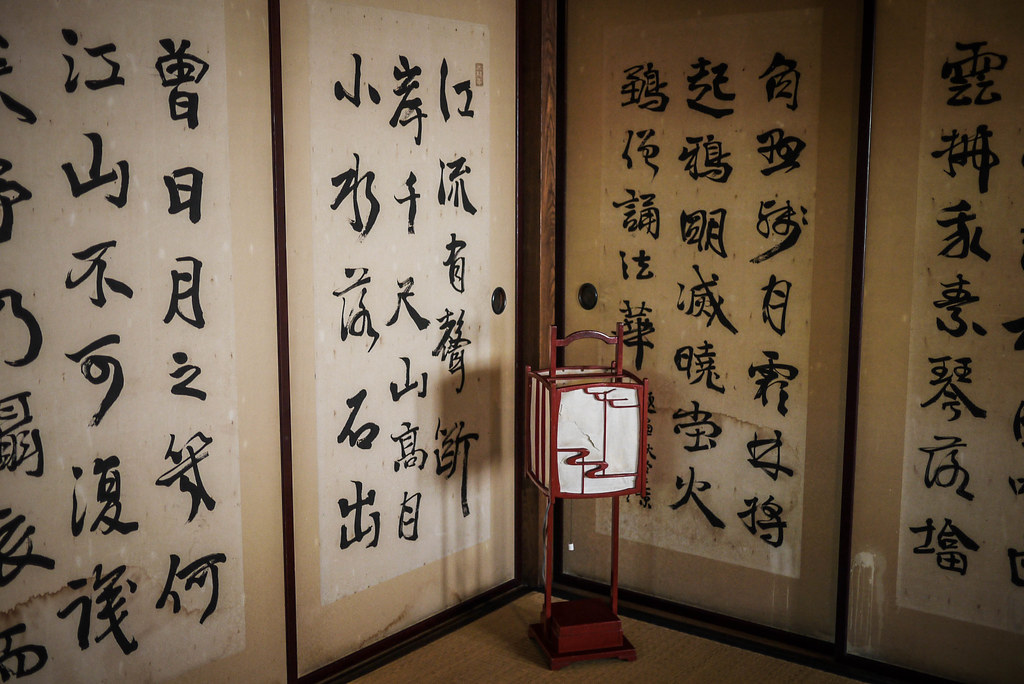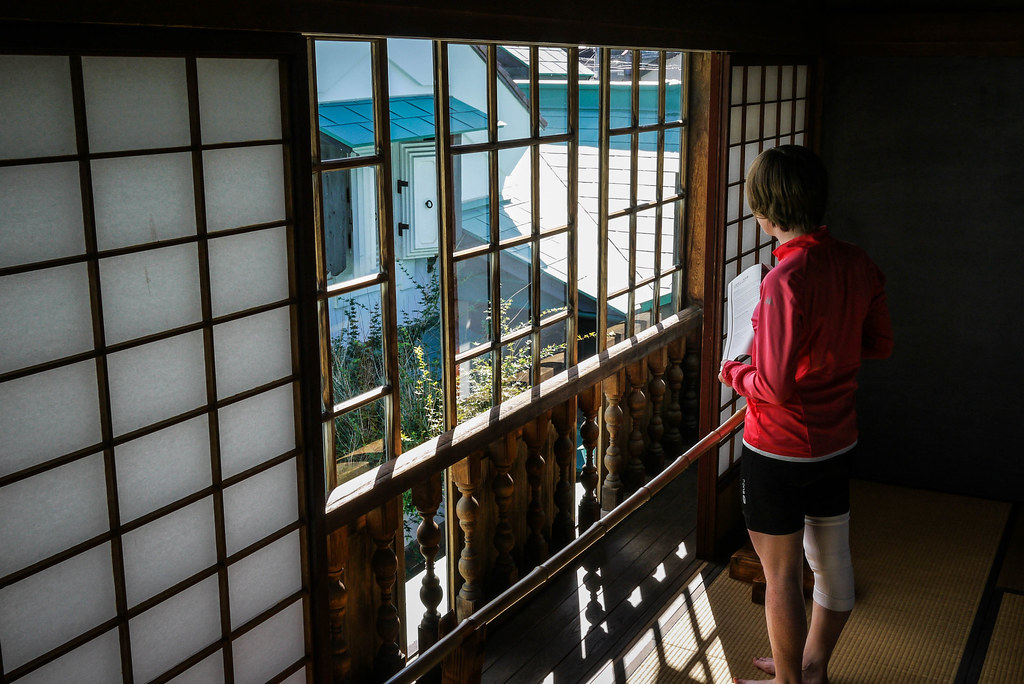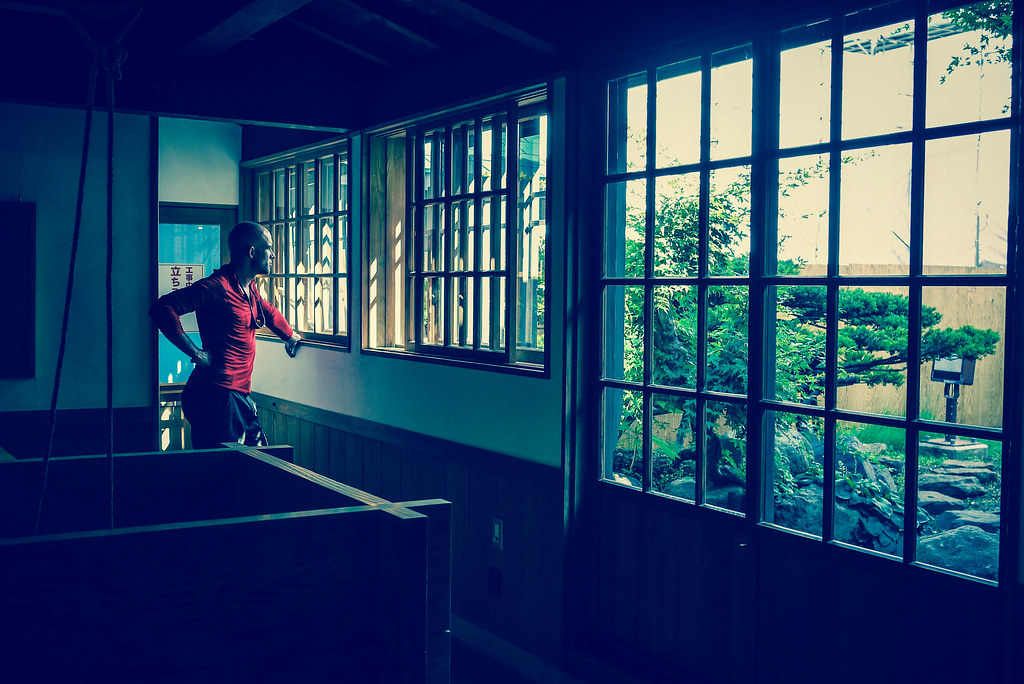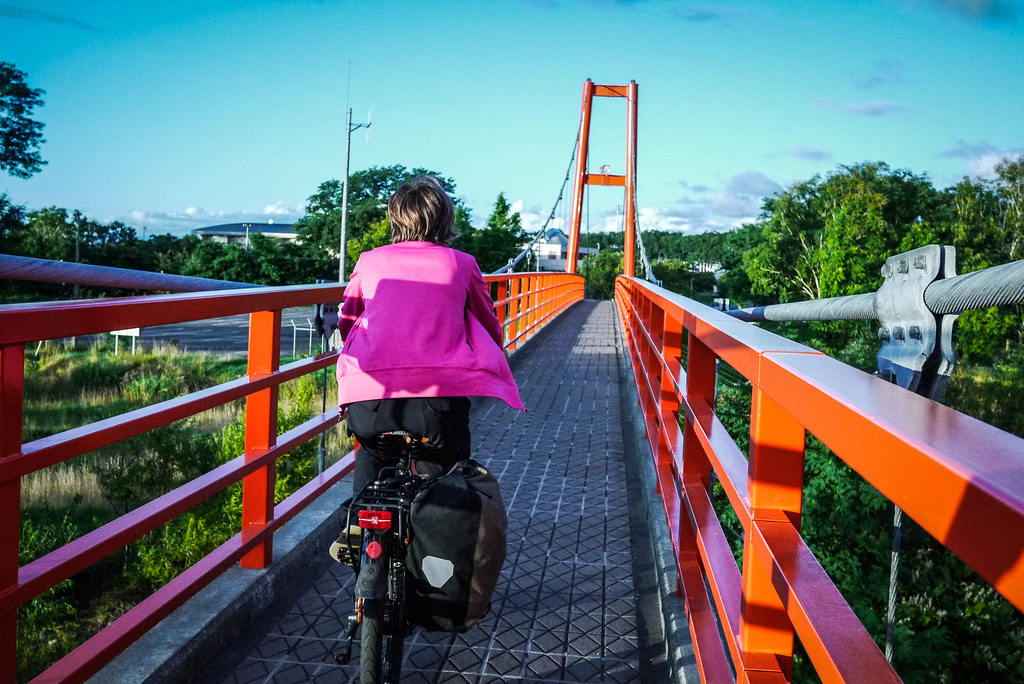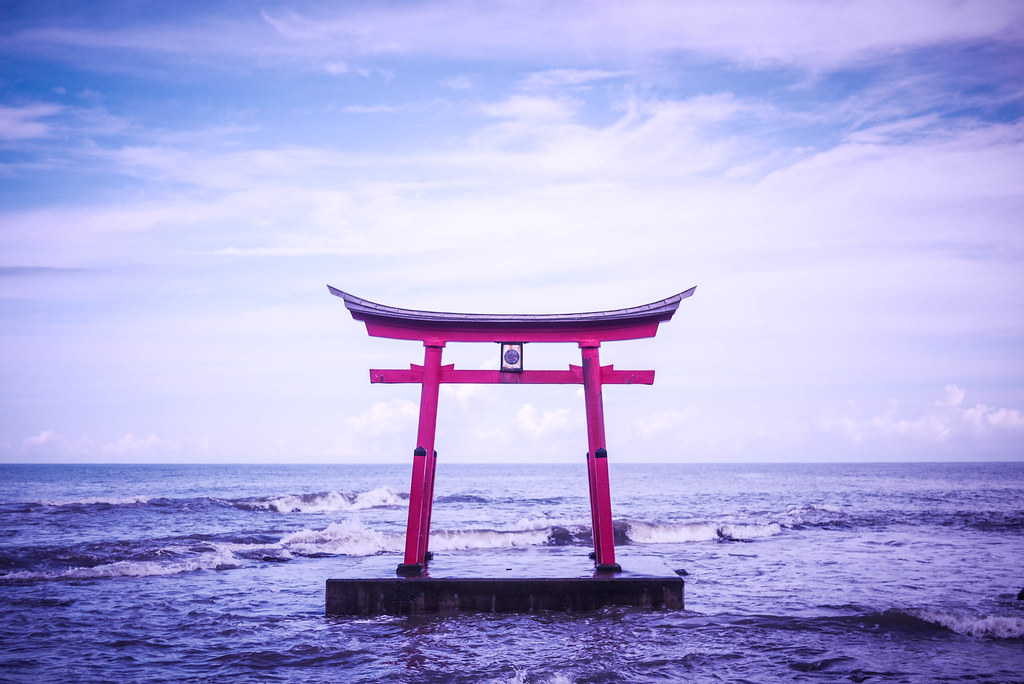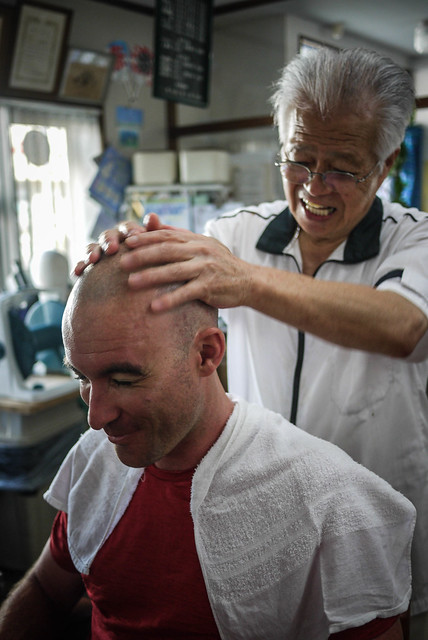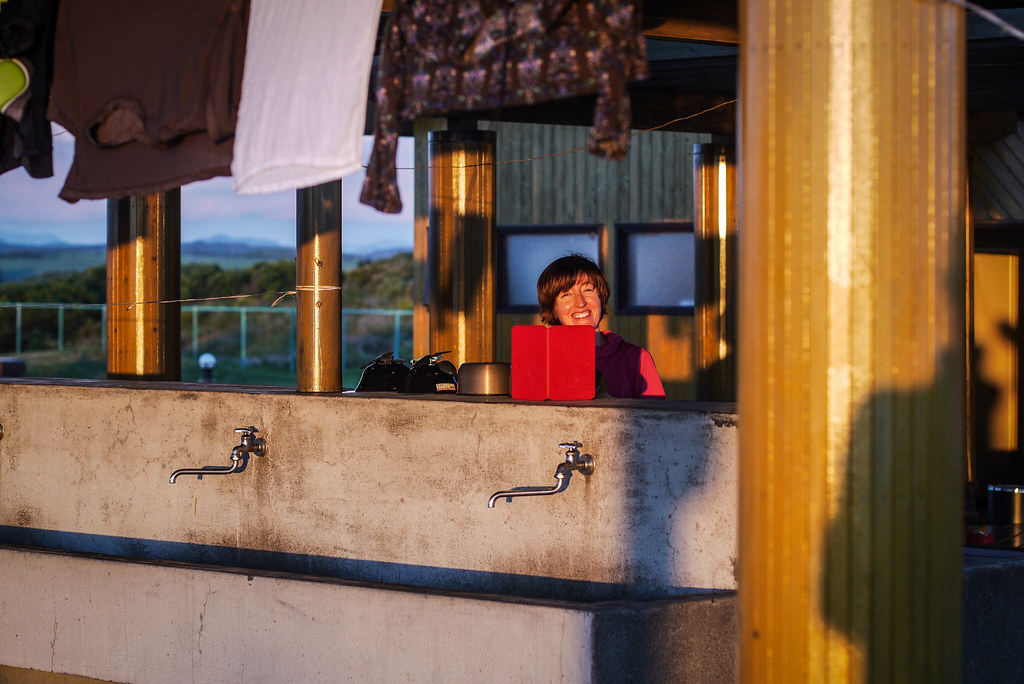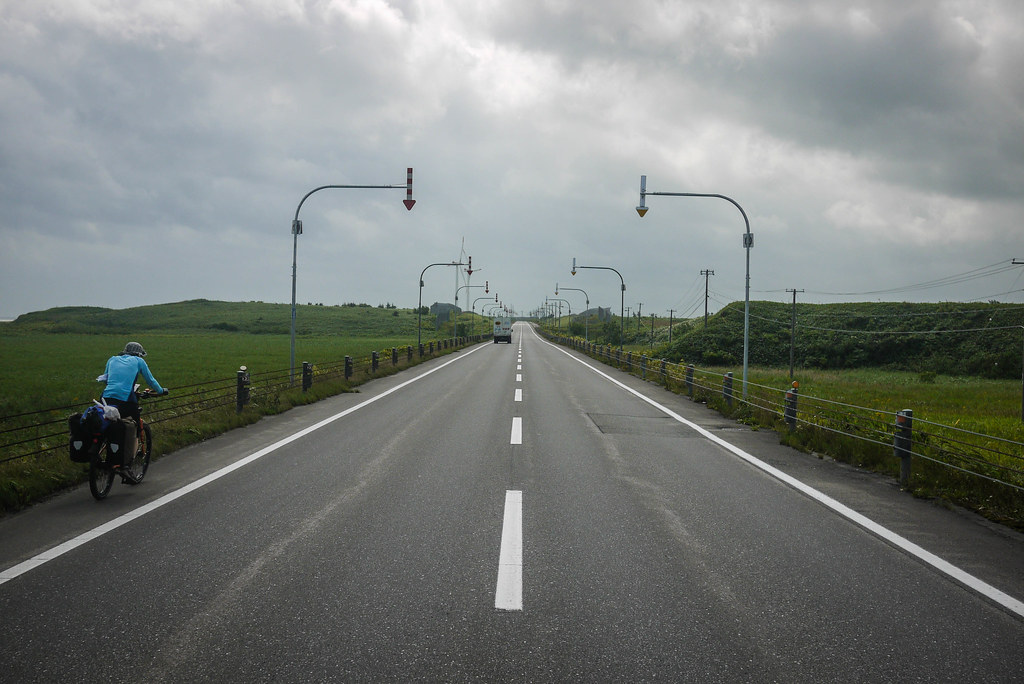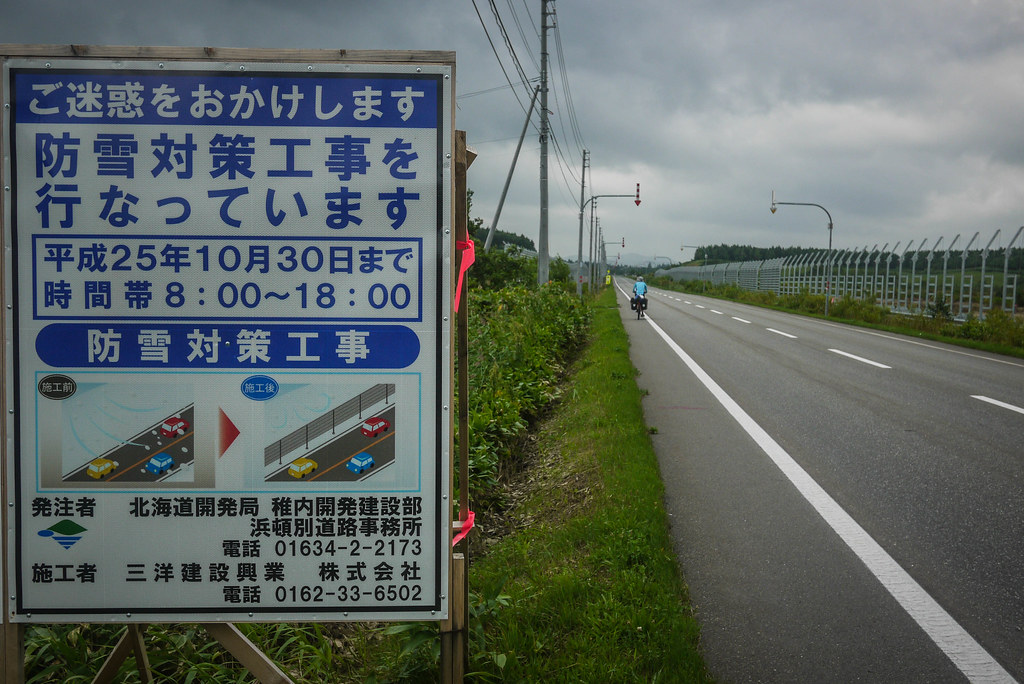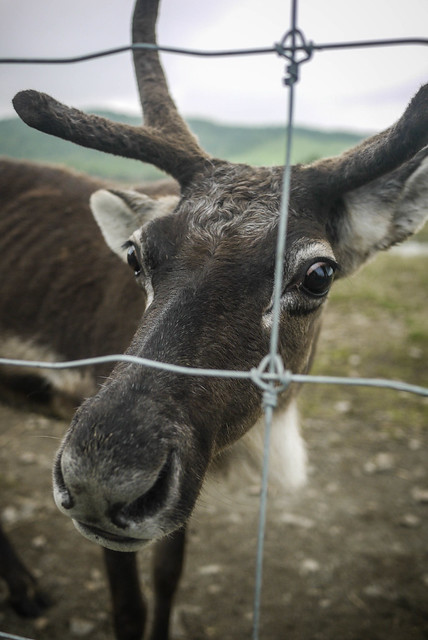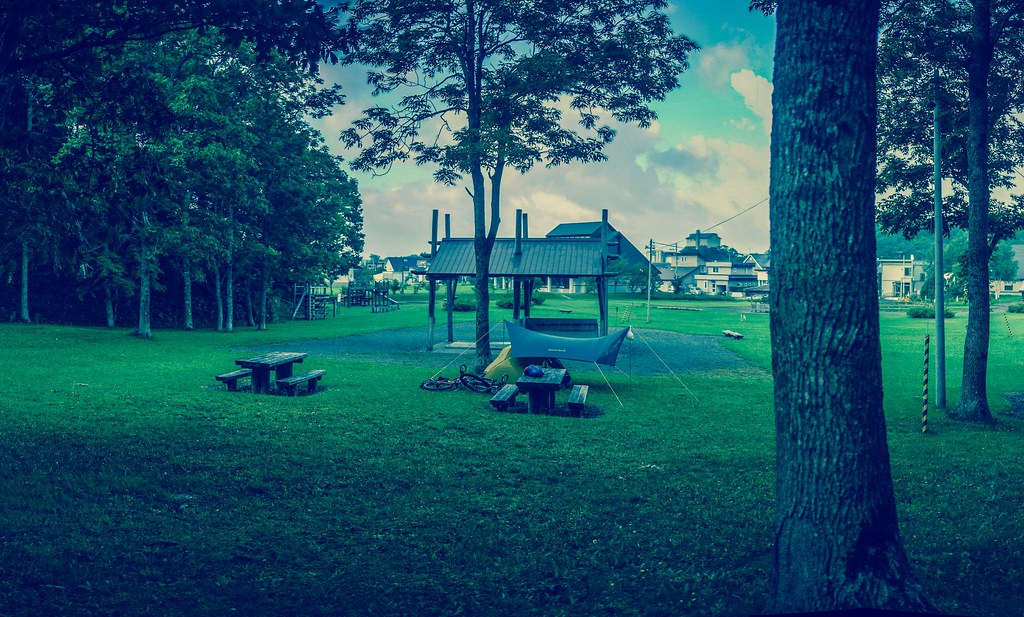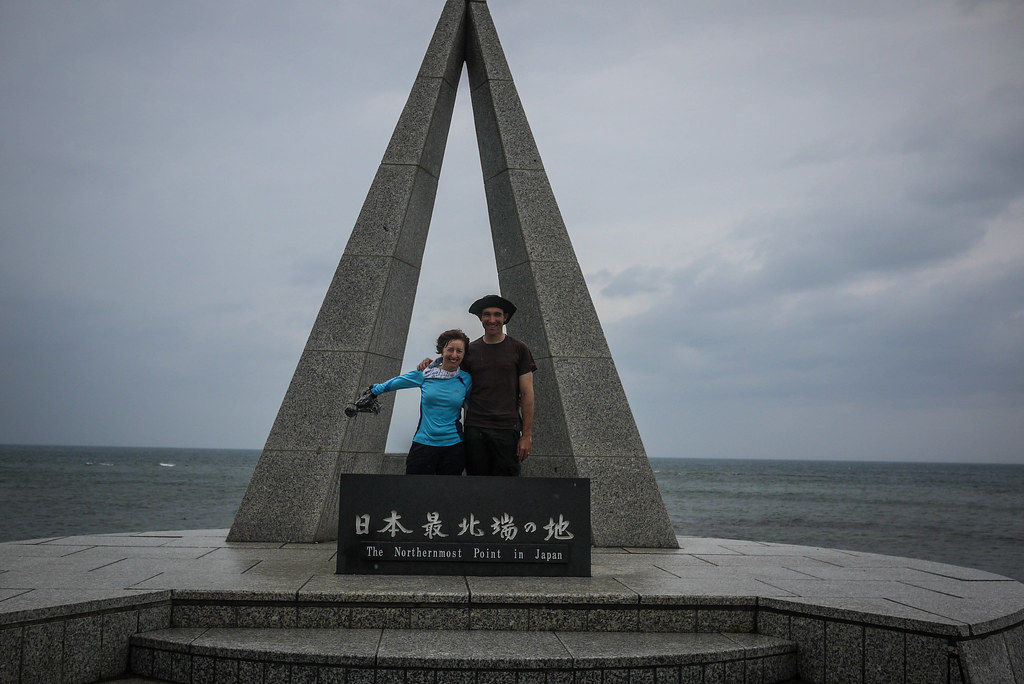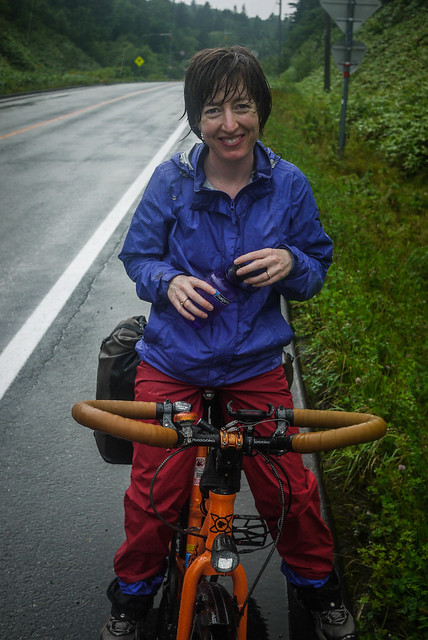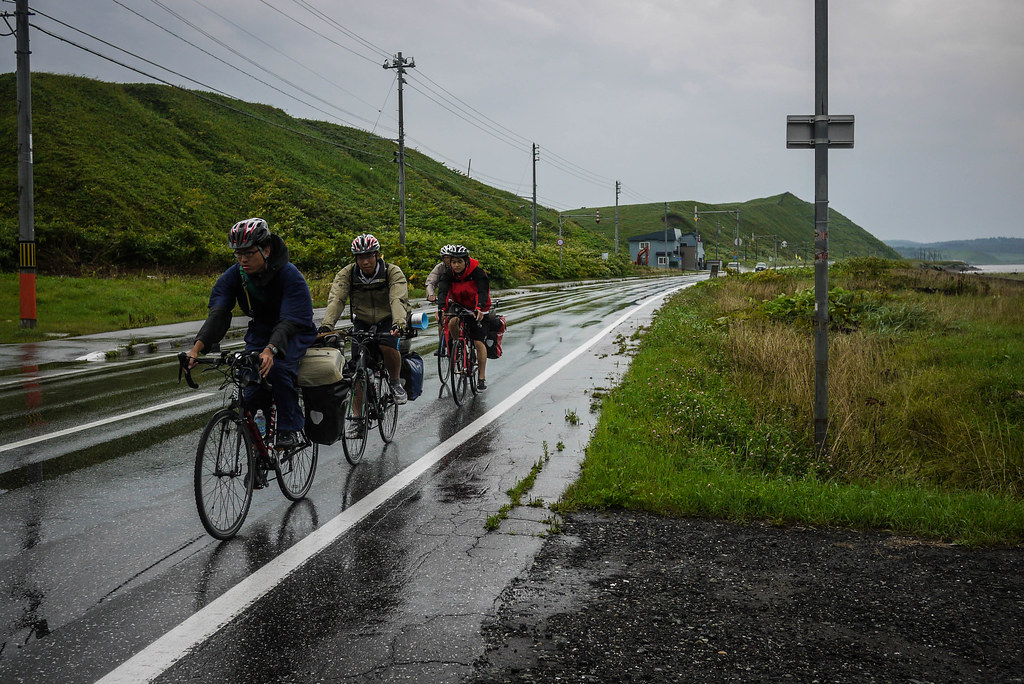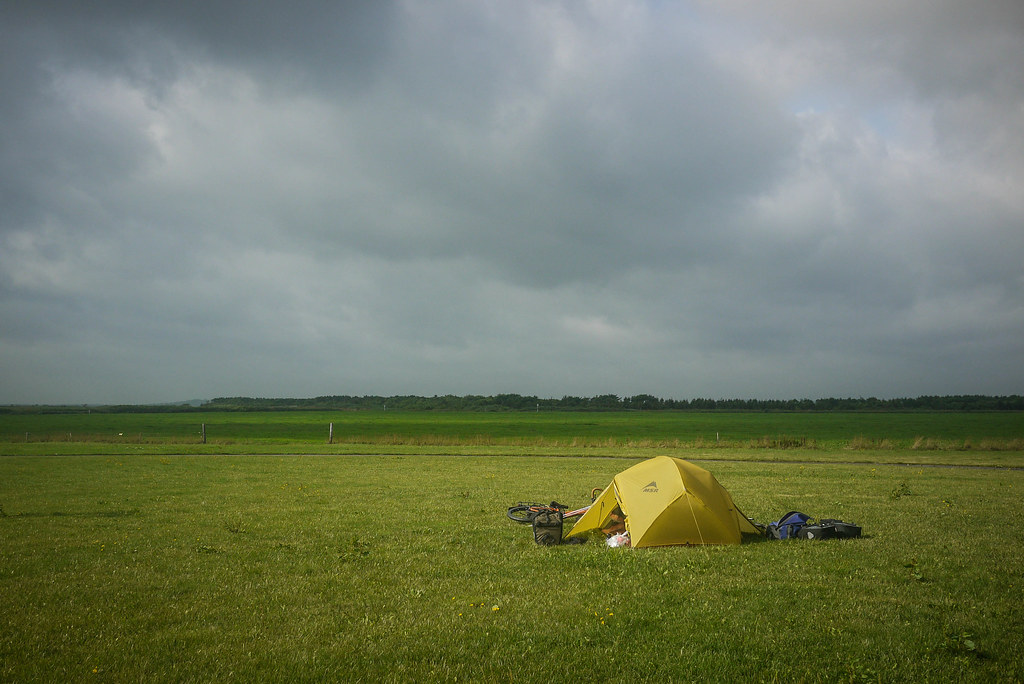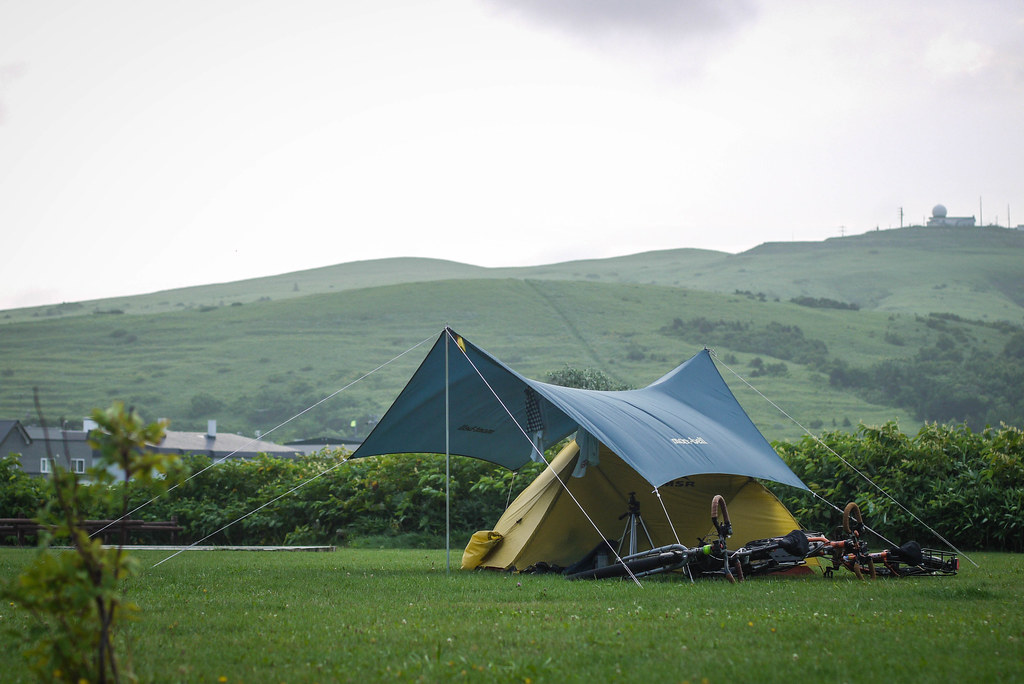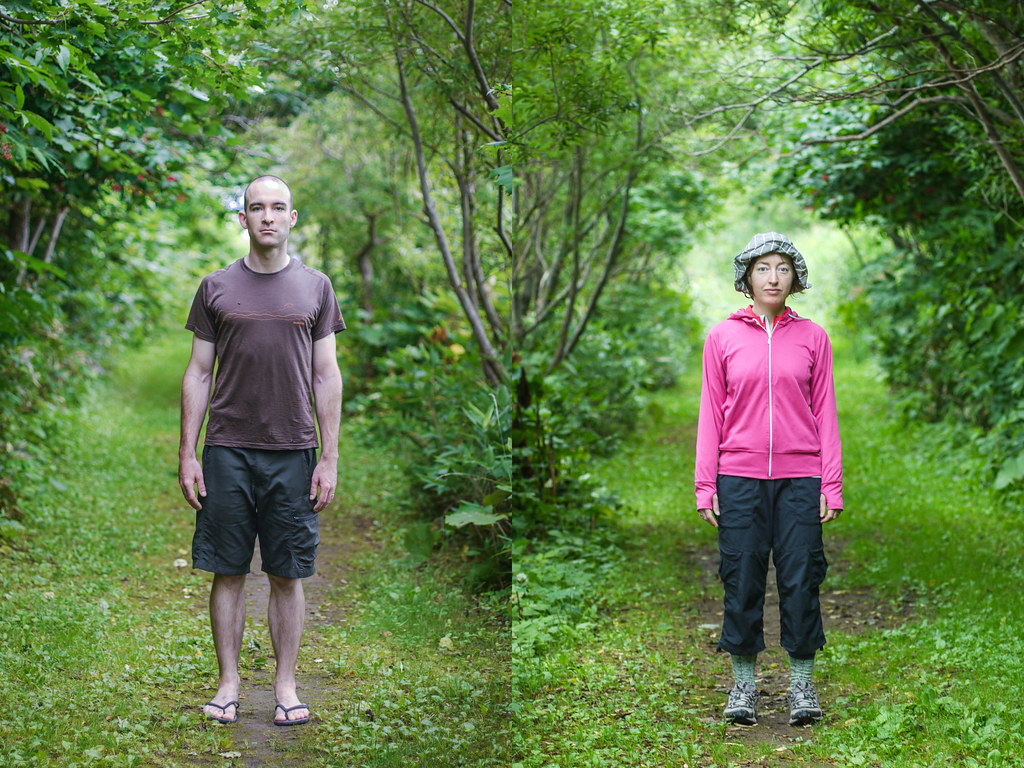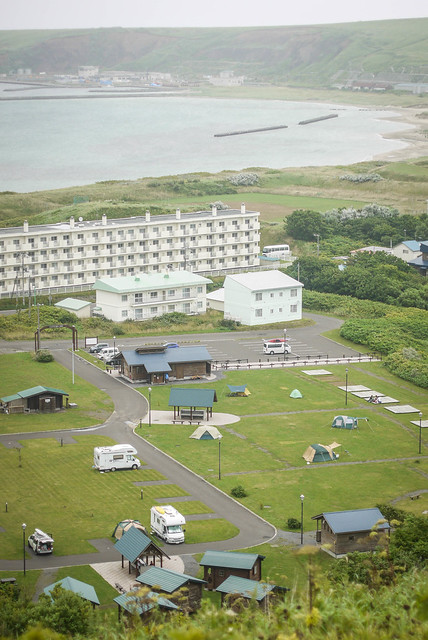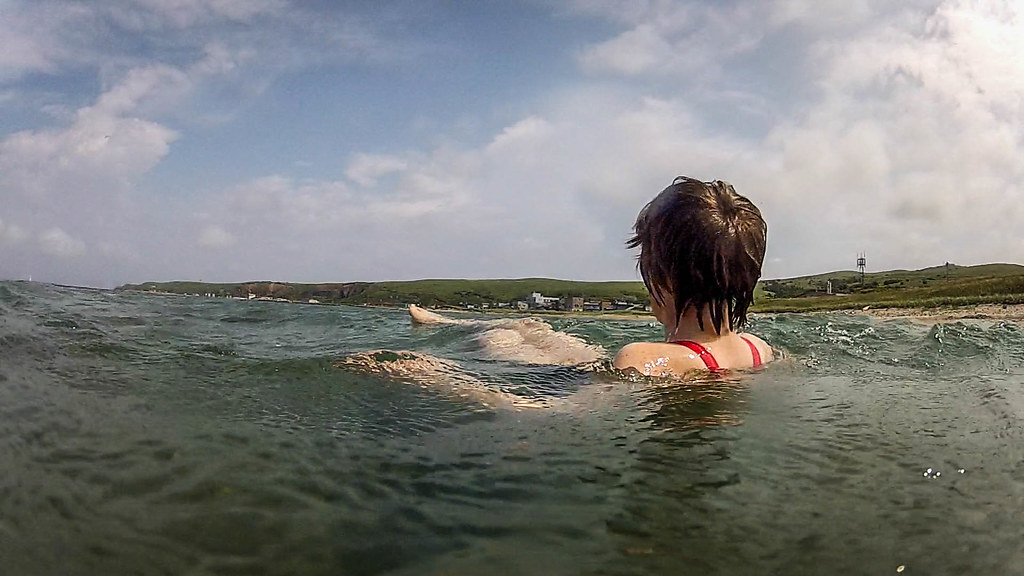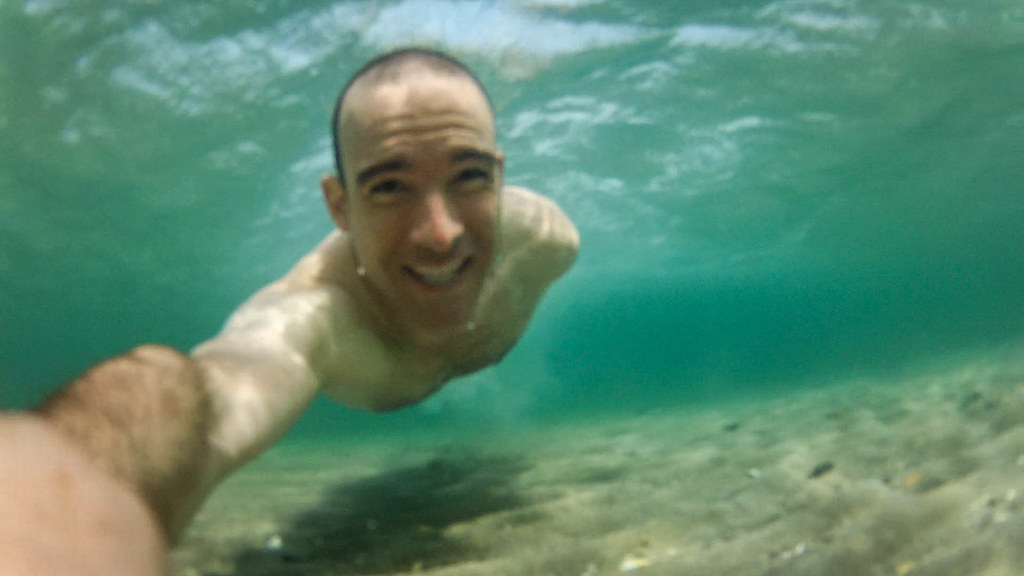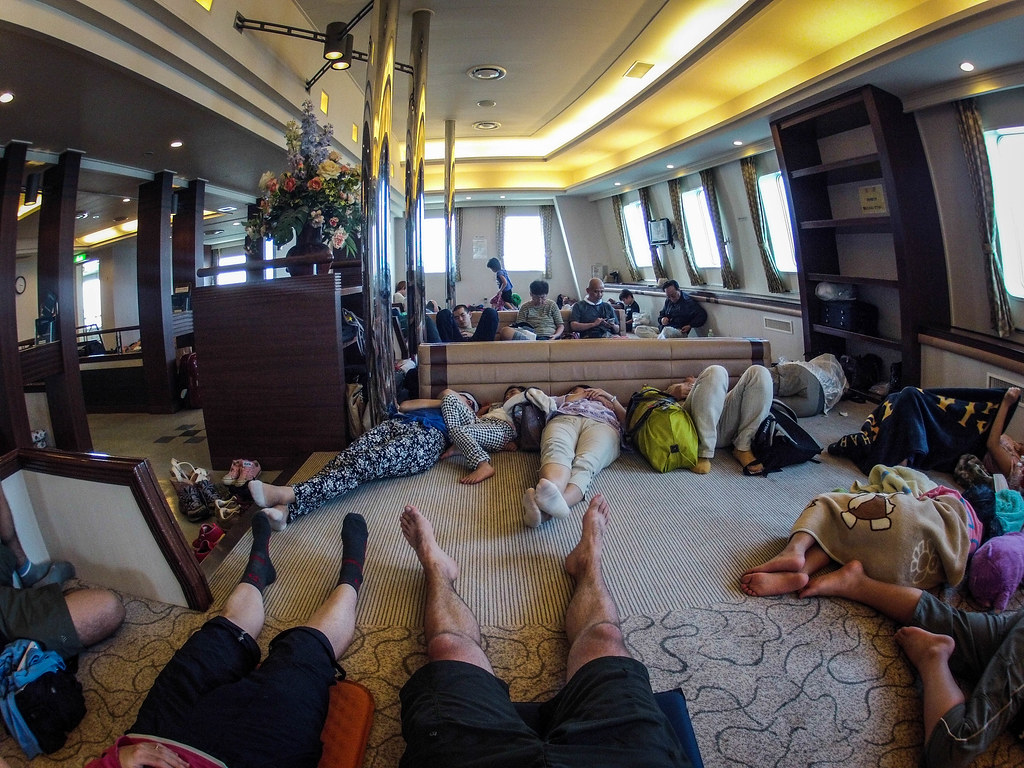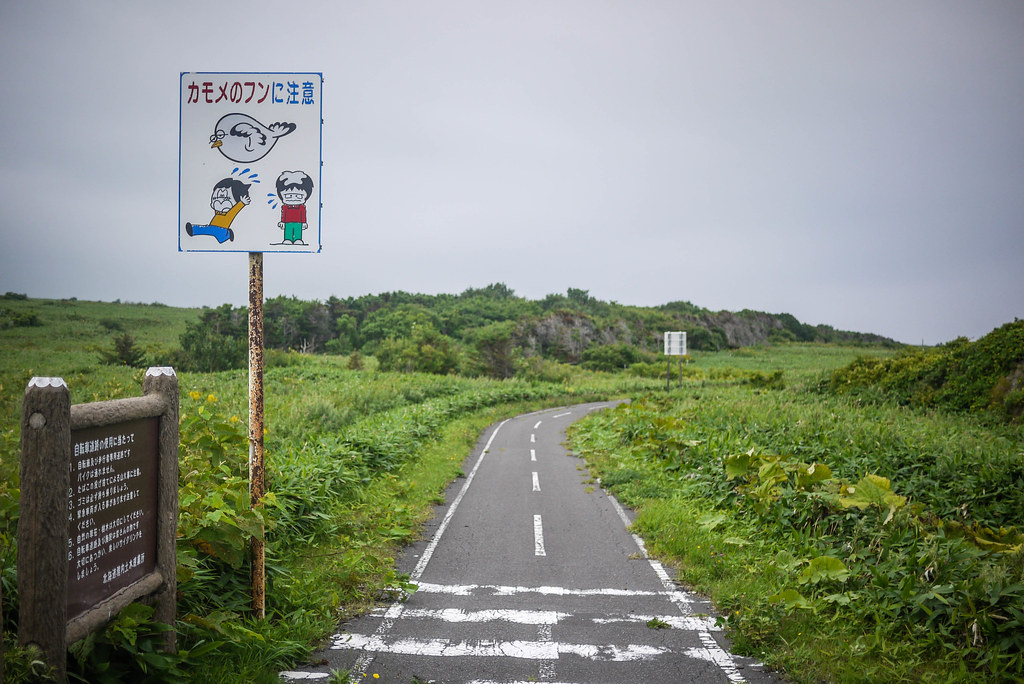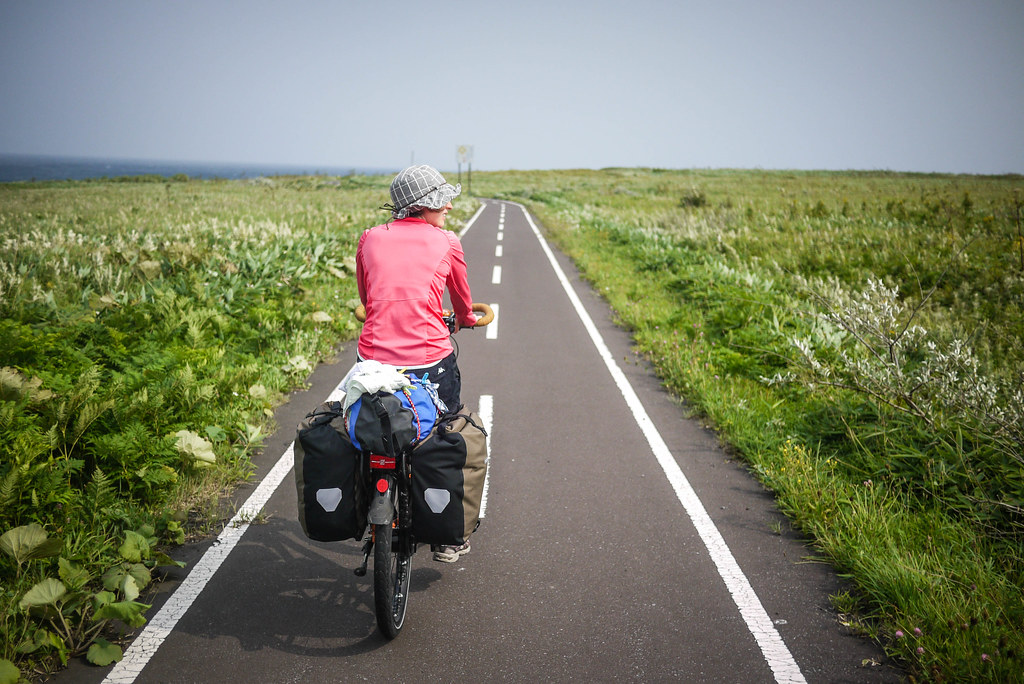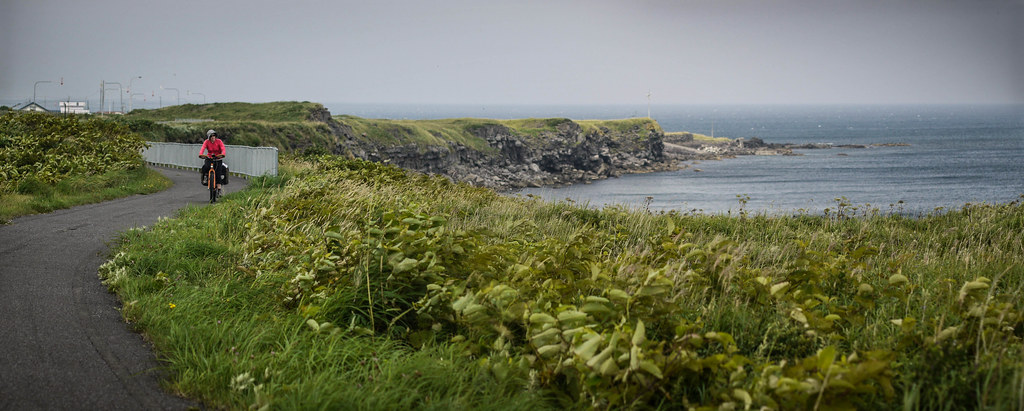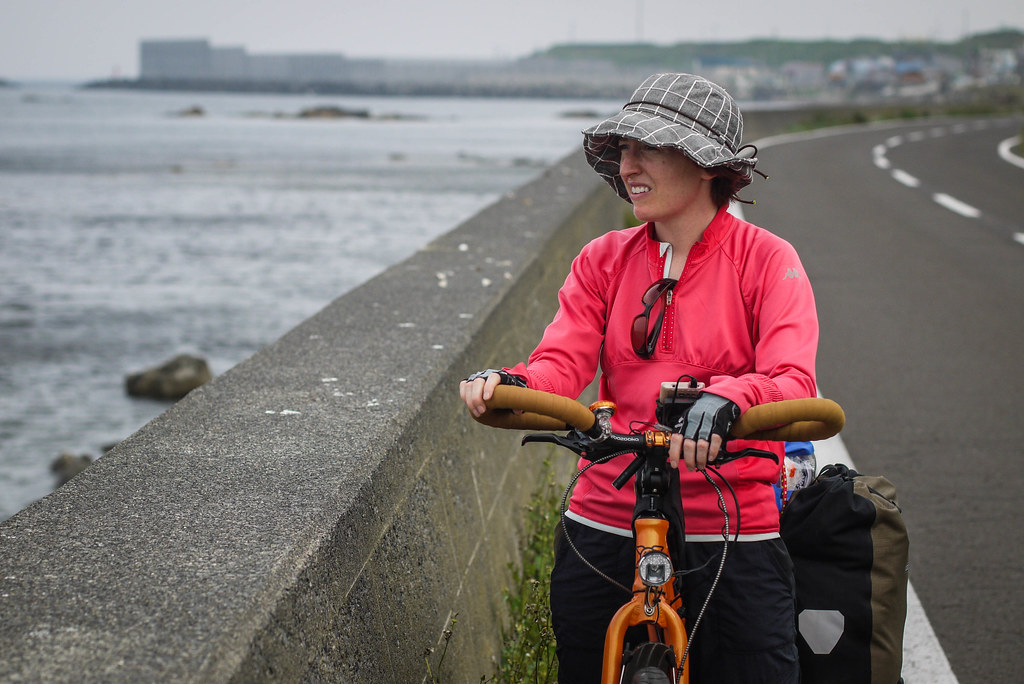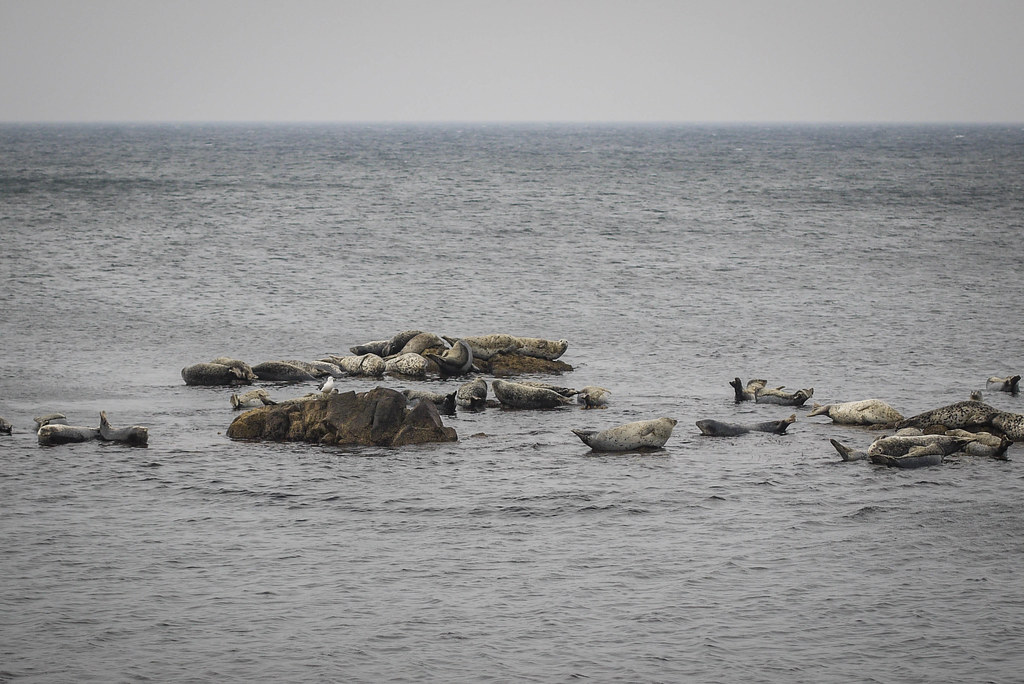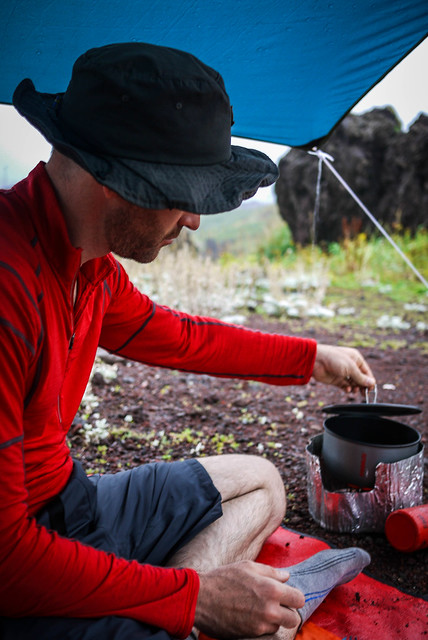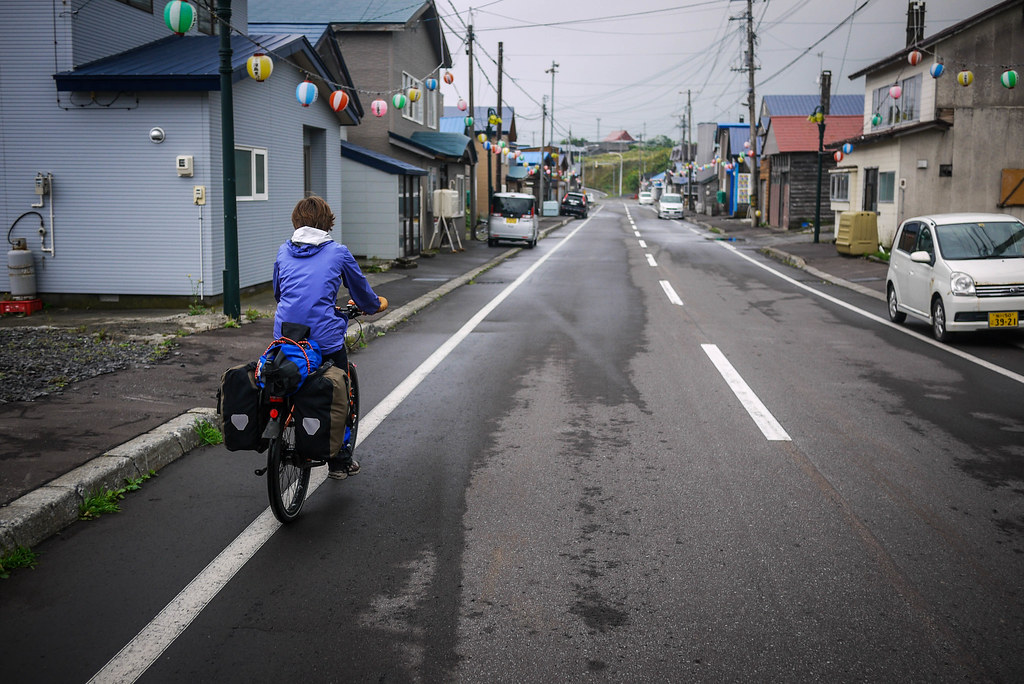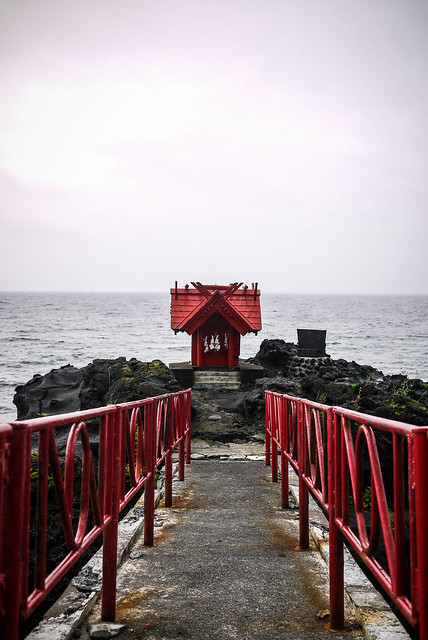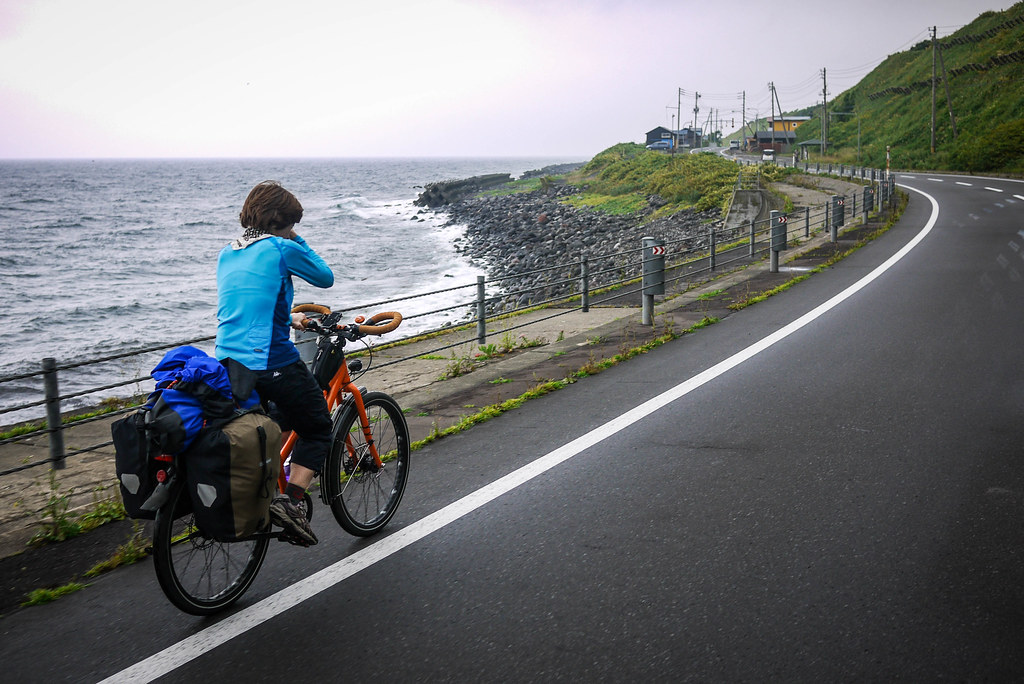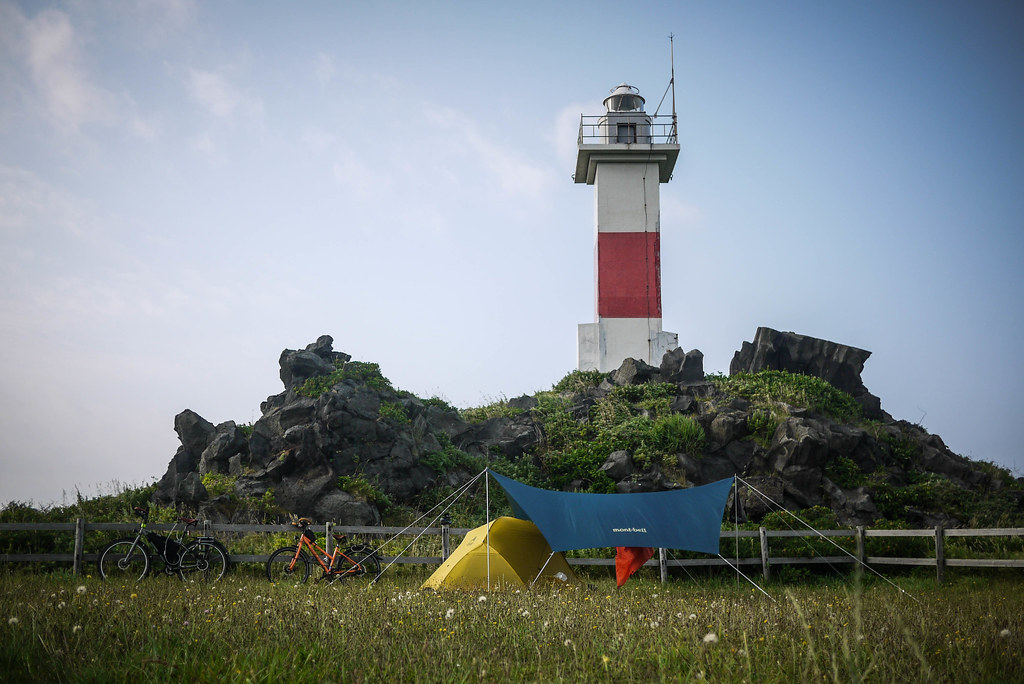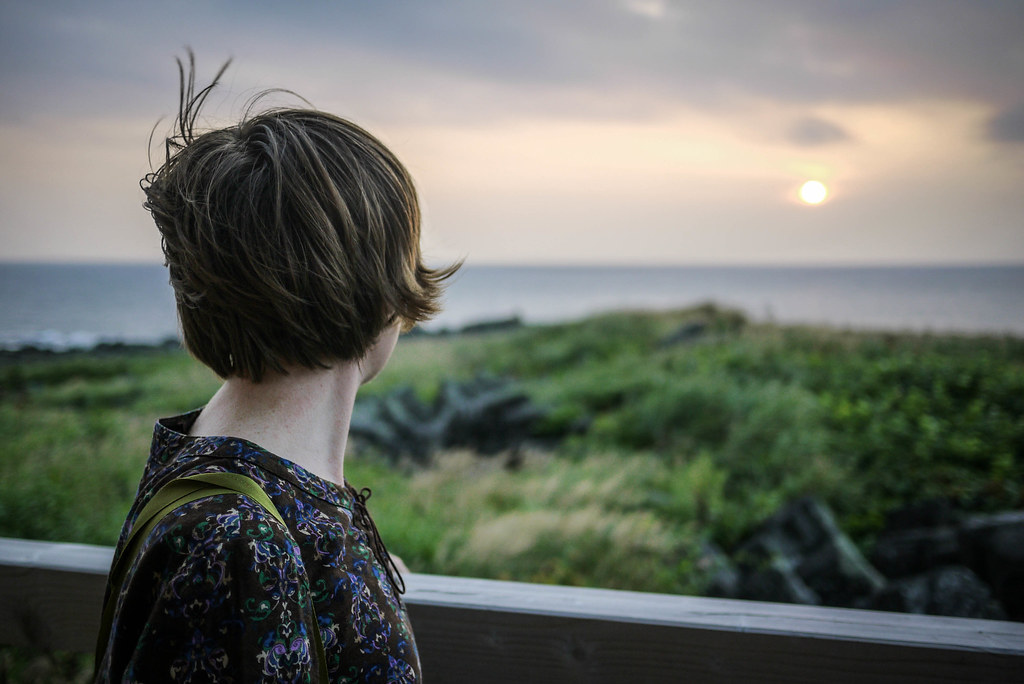I spent most of today wondering why it had taken us three years to visit Takino Suzuran Park, on the outskirts of Sapporo. This gargantuan park, 395 hectares of it all, is a national government run park. In winter it is free to enter, and is a treasure trove of winter outdoor activities. We finally made the 45-minute bus ride there because Haidee’s sister, Kylee, was visiting from New Zealand, and we wanted to check out the nordic skiing on offer. The park did not disappoint.
Essentially, it was dumping big fluffy gobs of spring snow all day. We had wanted to show Kylee what Sapporo’s proper winter looked like, and our desires were being met.
We caught a bus from Makomanai Subway station, direct to the Suzuran Park Keiryu-guchi bus stop. This bus stop is the first of three bus stops in the park itself. From there, we walked a few minutes through the snow to Lodge Yukizasa, where we hired nordic skiis (800 yen each for the day).
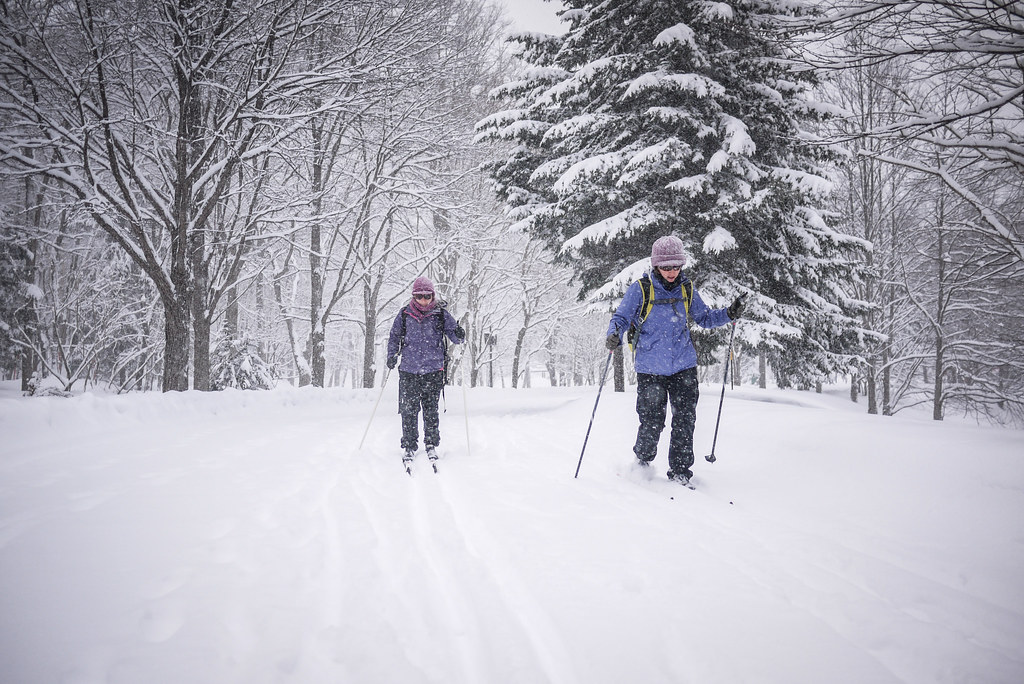 This was only the first (Kylee) or second-ish (Haidee and Rob) time we had used nordic skiis. They were easy enough to get the hang of though, and we were soon gliding through the powdery snow.
This was only the first (Kylee) or second-ish (Haidee and Rob) time we had used nordic skiis. They were easy enough to get the hang of though, and we were soon gliding through the powdery snow.
We opted to stick to the beginner’s course to start with; a 2km ski through mostly flat terrain to a frozen waterfall.
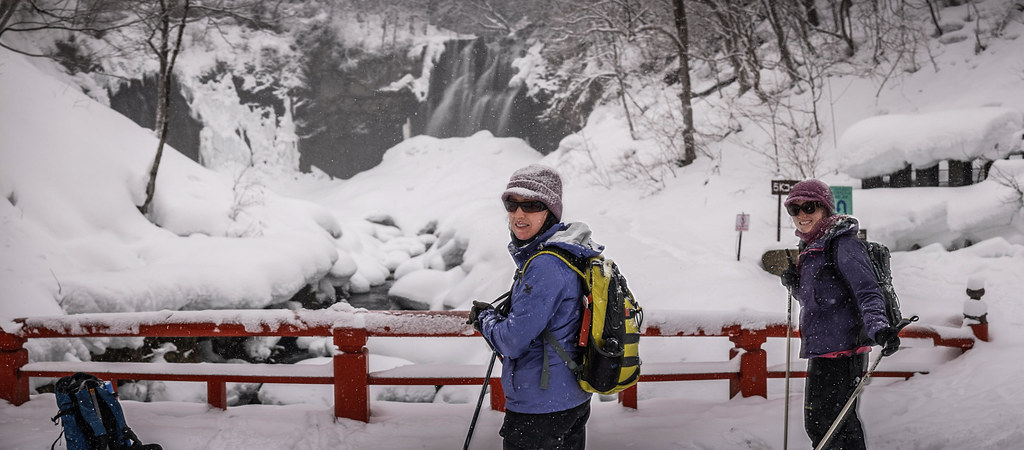 We soon grew more bold, and decided to head up to the Country House for lunch. This required a stiff climb up the park, but promised a gentle easy ski back down to the lodge.
We soon grew more bold, and decided to head up to the Country House for lunch. This required a stiff climb up the park, but promised a gentle easy ski back down to the lodge.
 Lunch at the County House, at the top of the small ski field near the center of the park, was sufficient. It was nothing special, but the prices were cheap (US$8 for a medium-sized lunch).
Lunch at the County House, at the top of the small ski field near the center of the park, was sufficient. It was nothing special, but the prices were cheap (US$8 for a medium-sized lunch).
And then came the downhill. Not too steep to cause too much concern.
 All in all a great day out, and it has me all motivated to learn a little bit more about cross-country skiing for next season.
All in all a great day out, and it has me all motivated to learn a little bit more about cross-country skiing for next season.







